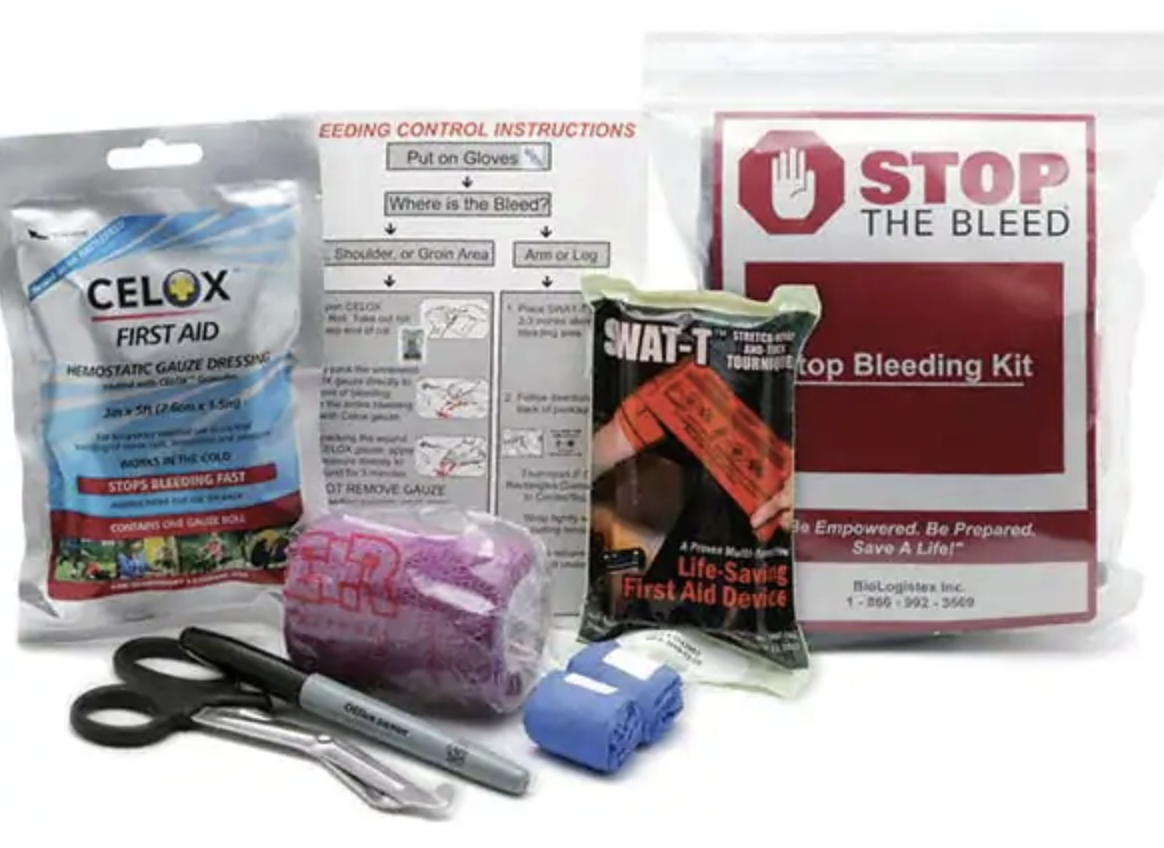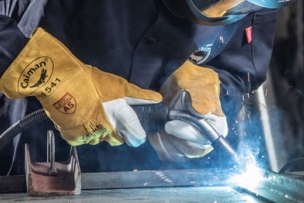On most manufacturing floors, machinery, sharp objects and other risks make cuts and more dire bleeding injuries possible. We look at how to train more of your employees to be ready to help.
Are you ready to handle a traumatic bleeding injury at your facility? How about everyone on the safety team or your machinists?
At first glance, training multiple company employees to handle a bleed injury might seem extreme, but when a traumatic injury occurs and requires aid, the more trained help the better.
Here’s why: The average time for someone to bleed out is just two to five minutes. Meanwhile, the average time for first responders to arrive on the scene is typically seven to 10 minutes, explains the Stop the Bleed campaign.
The ability of the safety team and trained employees to control traumatic bleeding can be the difference between life and death for an employee.
“No matter how rapid the arrival of professional emergency responders, bystanders will always be first on the scene,” points out the Department of Homeland Security, which supports the Stop the Bleed campaign. “A person who is bleeding can die from blood loss within five minutes, therefore it is important to quickly stop the blood loss. Those nearest to someone with life-threatening injuries are best positioned to provide first care.”






Talk to Us!
Leave a reply
Your email address will not be published. Required fields are marked *